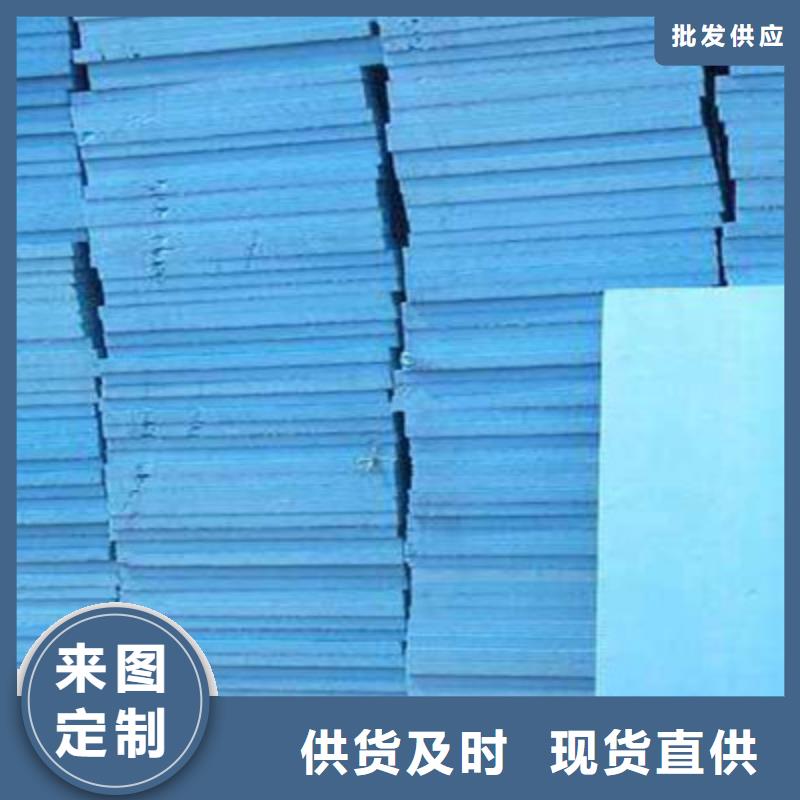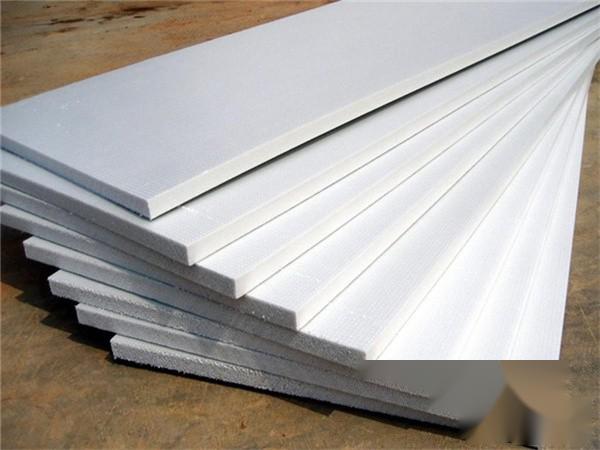Xinxiang Extruded Board The breath of Xinxiang extruded board is known to everyone. Xinxiang extruded board has insulation function, but its breathing ability should not be underestimated. Some architects suggest choosing polystyrene board because of the poor air permeability of Xinxiang extruded board, but there are also designers who say that polished board or surface-treated extruded board can be used, so its air permeability is better. Which one to use can be selected based on the characteristics of the building itself. Extruded board also plays a very important role in our daily life. As a new type of thermal insulation building material, extruded board also bears various controversies. In any case, the extruded board manufacturer stated: we must do our best, make good products, and make conscientious products. Extruded board plays a great role in the insulation of buildings and is favored by users, so before construction, preparations should be made. What preparations need to be done before the construction of extruded board? ① Familiar with the drawings and information of the project, master the construction technology formulated according to specifications and local standards. ② Understand the performance indicators of materials. The fire resistance level of extruded board is divided into B3, B2, and B1 (A level cannot be achieved with current scientific and technological conditions). Among them, B is a common board, which ignites at one point and the fire becomes larger and larger; B2 is a slow-burning level, which does not increase the fire after ignition, and the dripping material will not ignite the filter paper; B1 is a flame-retardant level, which automatically extinguishes after leaving the heat source, or extinguishes within 10 seconds. B1 grade extruded board is a new type of building material widely promoted in China in recent years. This new environmentally friendly material that turns waste plastic into treasure has become a widely promoted new building material in the construction industry due to its outstanding high strength, compression resistance, thermal insulation, light texture, convenient use, water repellency, moisture resistance, environmental performance, stability, and good anti-corrosion properties, widely used in wall and floor insulation. The grassroots wall has been accepted. Door and window frames, various inlet pipes, water drop pipe brackets, embedded parts, etc. on the wall body have been installed according to the design.
The flatness of the shear wall is checked with a 2m straightedge. When the deviation is greater than 4, 20mm thick 3 cement mortar should be used for leveling; when the deviation is less than 4, 3 cement mortar should be used for repair and leveling. The masonry wall is leveled with 20mm thick 3 cement mortar. The grassroots wall and leveling layer should be dry. The ambient temperature at the construction site and the wall surface temperature should not be lower than 5°C within 24 hours after construction, and the wind speed should not exceed level 5. Effective measures should be taken in summer construction to prevent rain from washing the wall. Electric wire cutting machine, grooving machine, wallpaper knife, screwdriver, steel saw blade, scissors, electric mixer, impact drill, hammer drill, brush, coarse sandpaper, and common tools. Thoroughly remove floating ash, oil stains, release agents, hollows, weathered materials, etc. on the surface of the grassroots wall that affect the bonding strength. To increase the bonding strength between the extruded board and the grassroots wall, a bonding agent should be applied on both sides of the extruded board. 1) Pour 5 parts (by weight) of dry mixed mortar into a clean plastic bucket.

The use of extruded boards in building production lines, foam boards (EPS), spray polyethylene (SPS), polyurethane foam (PUR), and other insulation materials is increasing. With the occurrence of fires in venues such as CCTV skirt buildings, higher requirements are put forward for insulation materials. Based on foreign experience and new requirements for promotion in China, it is expected that poly, polyurethane, and fiber insulation materials will grow rapidly in different markets. The crystal board, also known as the crystal extruded board, is a type of extruded board. The crystal board is made from crystal-grade raw materials and produced using international fluorine-free and bromine-free technology. Without any pigments, additives, or additives. All performance indicators have been improved compared to ordinary floor heating special extruded boards. The raw material polyethylene (Polystyrene, abbreviated as PS) refers to a polymer synthesized by free radical polymerization of ethylene monomers. It is a colorless and transparent thermoplastic material with a glass transition temperature above 100°C, so it is often used to make












